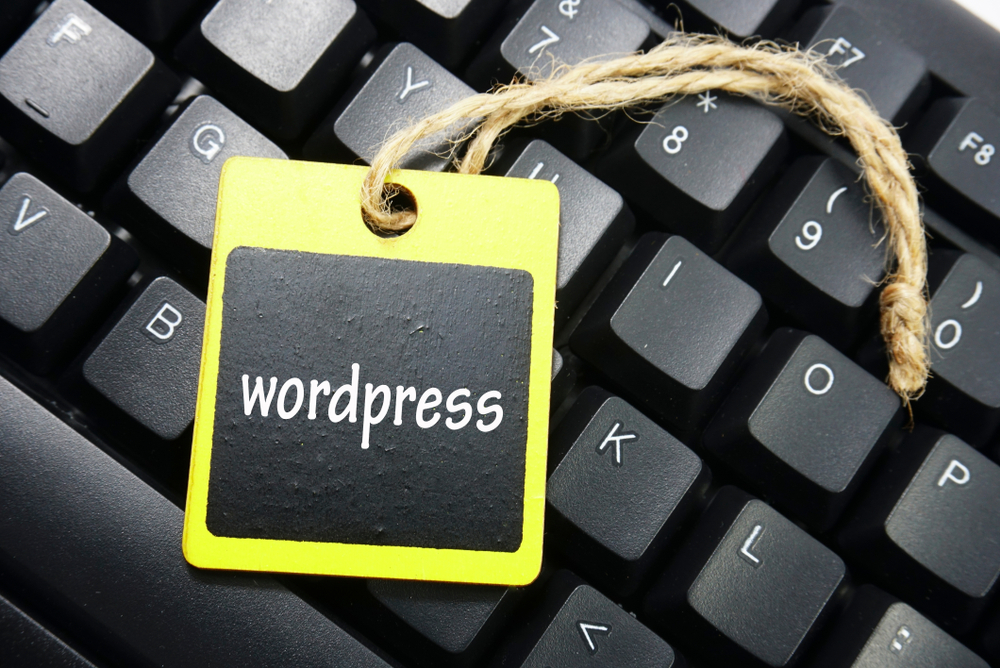
WordPress has become one of the most popular content management systems (CMS) in the world. Its versatility and user-friendly interface make it a top choice for businesses and individuals looking to create and maintain a professional website. However, to truly make the most out of WordPress, it is essential to master customization and understand the principles of website maintenance. In this article, we will explore some valuable tips to help you optimize your WordPress (the blogging platform) website and keep it running smoothly.
1. Choose the Right Theme
The first step in WordPress (or WP) customization is selecting a suitable theme for your website. With thousands of themes to choose from, it can be overwhelming to narrow down your options. However, it is crucial to consider the overall design, responsiveness, speed, and compatibility with plugins. A poorly chosen theme can affect your website's performance and user experience. Take the time to research and test different themes before settling on the best one for your needs.
2. Customize Your Theme
Once you have chosen a theme, you can begin customizing it to create a unique and professional design. WordPress (the platform for bloggers) offers a variety of customization options, including custom headers, menus, colors, and backgrounds. You can personalize your website's appearance to align with your brand and achieve a cohesive visual identity. Consider adding your logo, customizing fonts, and creating a favicon to enhance your website's aesthetics.
3. Install Essential Plugins
WordPress plugins extend the functionality of your website, allowing you to add features and improve performance. However, it is important not to go overboard with plugins, as they can slow down your website and pose security risks. Focus on installing essential plugins that enhance SEO, security, and user experience. Some popular choices include Yoast SEO, Akismet, Contact Form 7, and W3 Total Cache. Regularly update your plugins to take advantage of new features and security patches.
4. Optimize Your Website's Performance
Website speed plays a crucial role in user experience and search engine rankings. Slow-loading websites lead to higher bounce rates and lower conversion rates. To optimize your WordPress (WP) website's performance, consider implementing caching plugins, compressing images, minimizing scripts and stylesheets, and utilizing a content delivery network (CDN). Regularly check your website's performance using tools like Google PageSpeed Insights or GTmetrix and make necessary optimizations to ensure a fast and efficient user experience.
5. Regularly Backup Your Website
Website backups are essential for mitigating the impact of data loss, hacking attempts, or unforeseen technical issues. WordPress does not include a built-in backup feature, so it is crucial to implement a reliable backup solution. There are several plugins and services available that automate the backup process and store your website's data securely. Make it a habit to regularly backup your website, especially before making any significant changes or updates.
6. Stay Up-to-Date with Updates
WordPress constantly releases updates to improve security, fix bugs, and introduce new features. It is crucial to stay up-to-date with these updates to ensure the optimal performance and security of your website. Regularly check for WordPress core, theme, and plugin updates. Before updating, create a backup of your website, and test the updates in a staging environment to ensure compatibility and avoid any unexpected issues. Updating your website regularly helps protect it against vulnerabilities and keeps your website running smoothly.
7. Implement Security Measures
WordPress is a popular target for hackers, making website security a top priority. There are several security measures you can implement to protect your WordPress website. Start by using strong and unique passwords for your admin accounts, limit login attempts, enable two-factor authentication, and use a reputable security plugin. Regularly scan your website for malware and vulnerabilities. Implementing these security measures ensures that your website is protected against potential threats.
8. Engage with Your Community
WordPress has a thriving community of developers, designers, and users. Engaging with this community can provide valuable insights, assistance, and inspiration. Joining WordPress forums, attending meetups or webinars, and actively participating in discussions can help you stay updated on the latest trends and best practices. Additionally, contributing to the WordPress community through open-source development or sharing knowledge can establish you as an expert in your field.
FAQs
Q1: Are there any free WordPress themes available?
A1: Yes, WordPress offers thousands of free themes that you can use for your website. However, premium themes often come with additional features and support.
Q2: How often should I update my plugins?
A2: It is recommended to update your plugins as soon as updates are available. However, make sure to create a backup and test updates in a staging environment to avoid any potential conflicts.
Q3: How can I improve my website's SEO with WordPress?
A3: WordPress offers several SEO plugins like Yoast SEO that can help optimize your website's content, meta tags, and sitemaps. Additionally, publishing high-quality, keyword-rich content and acquiring relevant backlinks can improve your website's search engine rankings.
Q4: Can I change my WordPress theme after my website is live?
A4: Yes, you can change your WordPress theme even after your website is live. However, it is important to backup your website, test the new theme's compatibility, and ensure a smooth transition for your users.
Q5: How can I improve my website's accessibility?
A5: To improve your website's accessibility, ensure your theme meets WCAG (Web Content Accessibility Guidelines) standards, provide alternative text for images, use headings correctly, and make sure your website is keyboard navigable.
With these essential tips, you can master WordPress customization and successfully maintain your website. By choosing the right theme, customizing it to match your brand, installing essential plugins, optimizing performance, regularly backing up your website, staying updated, implementing security measures, and engaging with the WordPress community, you can create a professional and secure online presence. Start implementing these tips today to unlock the full potential of WordPress for your website.
Other useful resources
- https://www.wordpress24plus.com/services/
- https://www.wordpress24plus.com